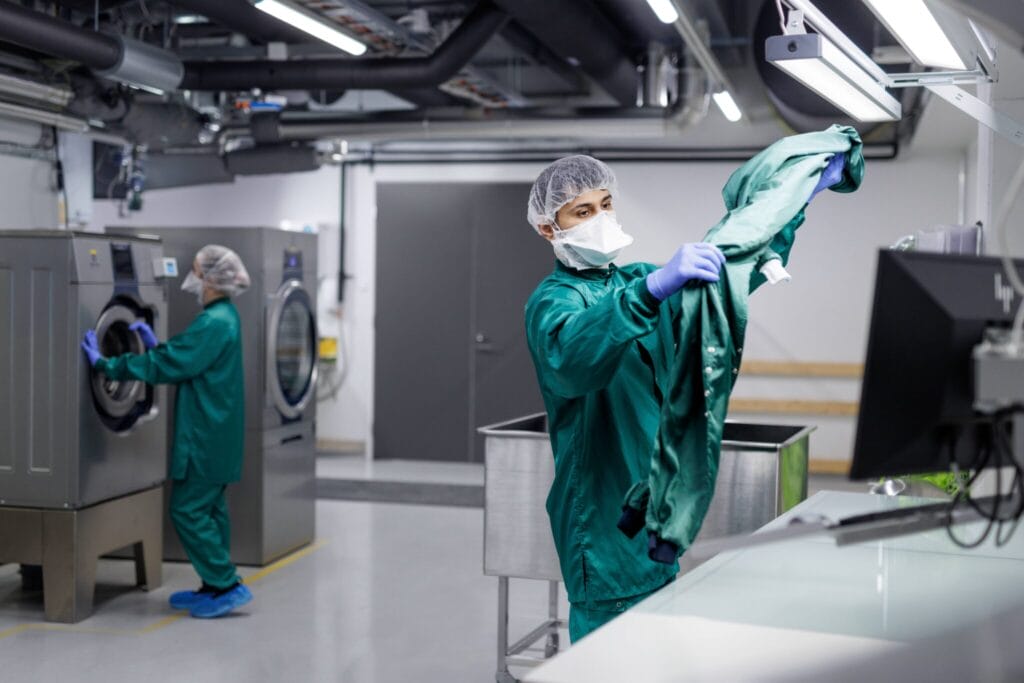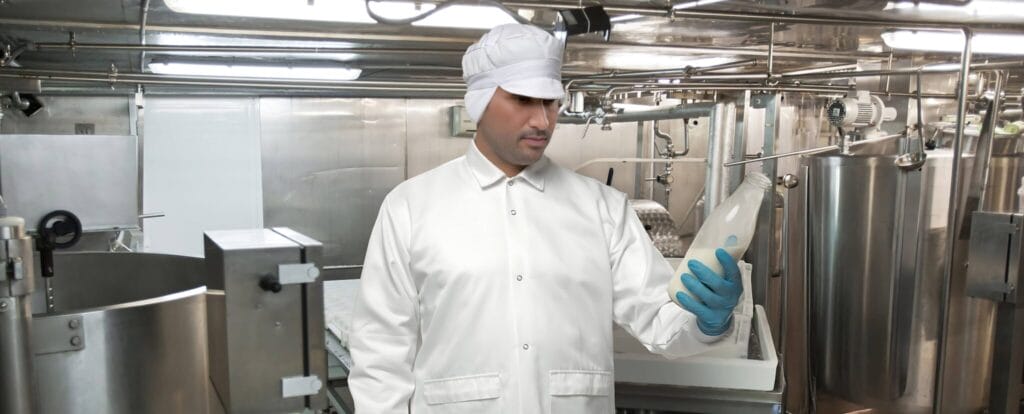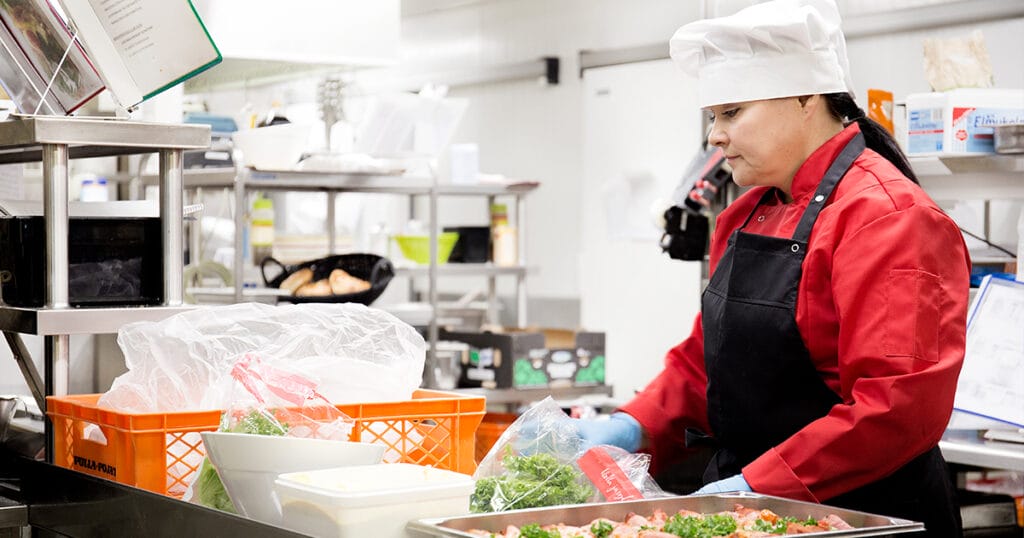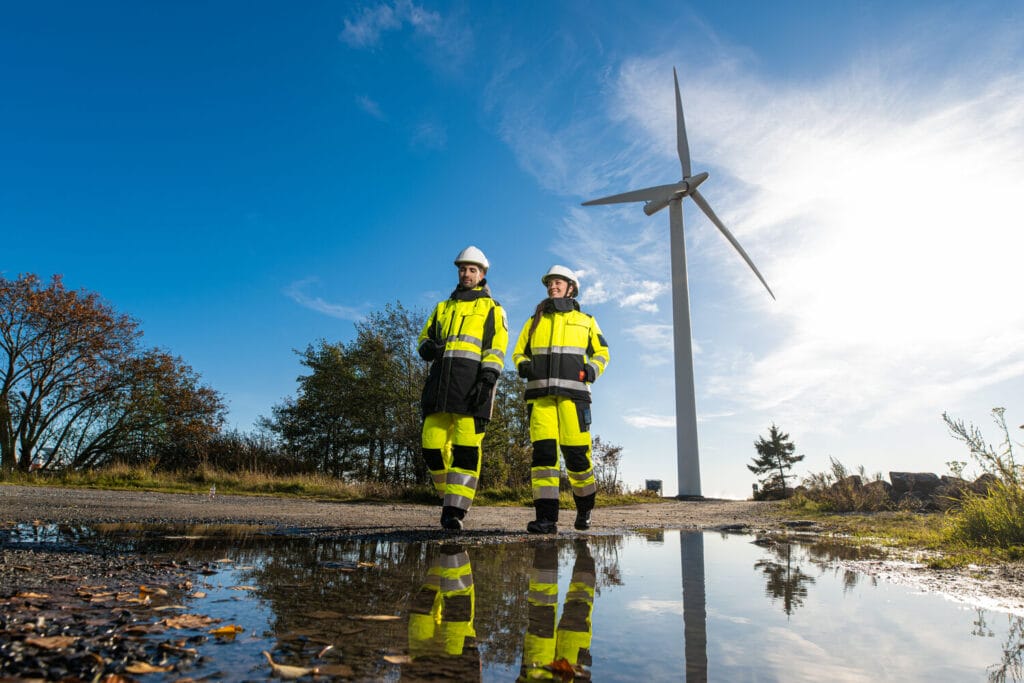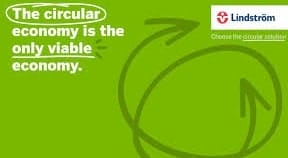
Circular economy in the textile industry
The textile industry is one of the major contributors to the environmental problems on achieving sustainability targets. This is due to over-all growth of textile fiber consumption in several industrial areas, overproduction and a very short lifespan. The industry is demonstrating 6-10% of the global carbon emissions.
One of the answers to the challenges that the industry is facing could be in a circular approach to the business with a closed-loop recycling process. Meaning that when the textile comes to the end of its lifetime, then it could be recycled as new fibre that is used as raw material for the production of fabric.
Collaboration is the key to the change
Lindström has been actively engaging in the textile industry since its inception in 1848. The company offers its customers a complete solution for textile needs, from sustainable design and manufacturing, to maintenance, and recycling of the products. This service model allows its customers to minimise the environmental burden of their business textiles while focusing on their core businesses.
“When working towards a more sustainable future, active collaboration with our partners and customers is crucial. No company can change the world alone,” their CEO Juha Laurio recognizes.
One of those partners is Rester, a key player in the end-of-life textile industry. It specialises in recycling business textiles and making them into a new textile fibre and quality raw material. As CEO Outi Luukko explains: “The change in the textile industry needs to be considered from a holistic point of view. It requires a lot of work and many parties, including the whole value chain.”
Klopman, a world-leading fabric manufacturer, is an important part of that value chain. They spin, weave and dye the fabrics made from recycled fibres. Once the materials are reproduced, they will be given to the garment makers to get a new life. Amaury Sartorius, managing director at Klopman, highlights the importance of the process as 80%-85% of clothes in Europe today are burned or dumped. “One of the most important undertakings for the future is to move from a linear model to a circular approach to business”, he summarises.
Circular approach reduces waste and use of natural resources
Looking to the future, this circular approach to business is the most efficient way to optimise production while using the least amount of resources. Anna-Kaisa Huttunen, Senior Vice President at Lindström explains, “When we recycle textile waste as new fibre and then use it for the production of new textiles it significantly reduces the amount of waste. At the same time, it also impacts the very beginning of the process. The more recyclable fibres are used in the textile production means less demand for cotton, which could free up natural resources like land and water for future needs.” Huttunen is very optimistic about the system of closed-loop-recycling, “I really think that the benefits of recycling textile fibres will pay off in the future.”
www.lindstromgroup.com/in

